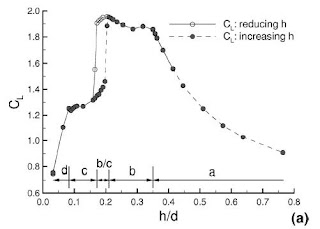bhall II wrote:FoxHound wrote:There's a tidy explanation which...
...is deliberately generalized, isolates the diffuser from other aerodynamic components, and doesn't take into account the discrete downforce curves that result from different angle/ride height combinations. This isn't a one-size-fits-all scenario. That's partially why I said there are caveats aplenty.
It's all designed to work together, as predictably as possible. From front to rear, left to right, and the upper surfaces to the floor. If they all worked without any correlation to the designers overall concept, the Frankenstein of a beast would stand no chance. There must be constants to be able to work from so that correlation can be possible.
bhall II wrote:Further, no aerodynamicist in his right mind would ever design a diffuser that produces peak downforce in conditions consistent with those encountered along high-speed straights where downforce is unnecessary. That would be tantamount to "DAS." The idea is to achieve peak downforce within a useful range of speeds and conditions.
Every team will know their optimal range, and would follow accordingly. And it's a one reason why, from track to track, teams get overtaken/overtake others in relative performance. With the cases we are discussing, the differences will not be monumental to the competition. They will certainly have an impact though.
But I have to repeat,
I still see no evidence to suggest that Rake will not create more drag at speed.
You have outlined that Rake can be developed to "achieve peak DF within a useful range of speeds and conditions".
And with that there is no argument from me.
But as it develops this usable DF, drag goes up too, and it goes up at a higher rate in accordance to the rake angle.
Everything I've searched on this comes up uniformly in agreement.
Pitch, Yaw and Roll will also have big ramifications, and while we focus on the pitch(rake) of Red Bull, we have not focused on the Yaw/Roll of the Mercedes.

We see the front wing on the loaded side of the car is lower than the unloaded section.

*Battery running low on lap top...to be continued
















